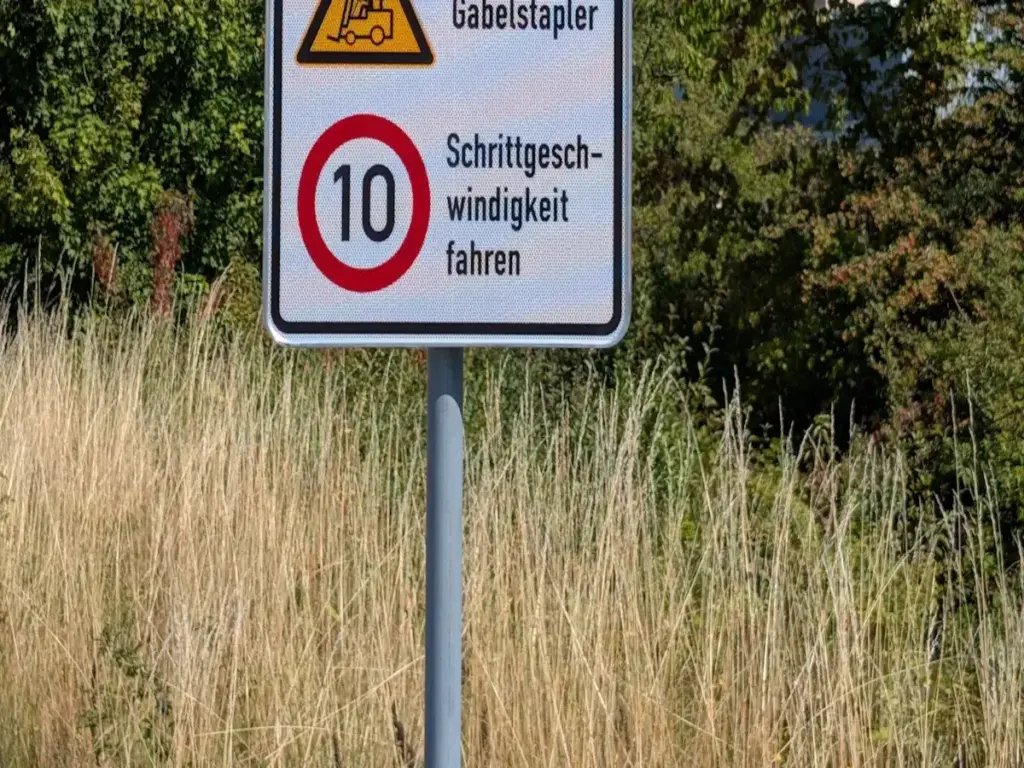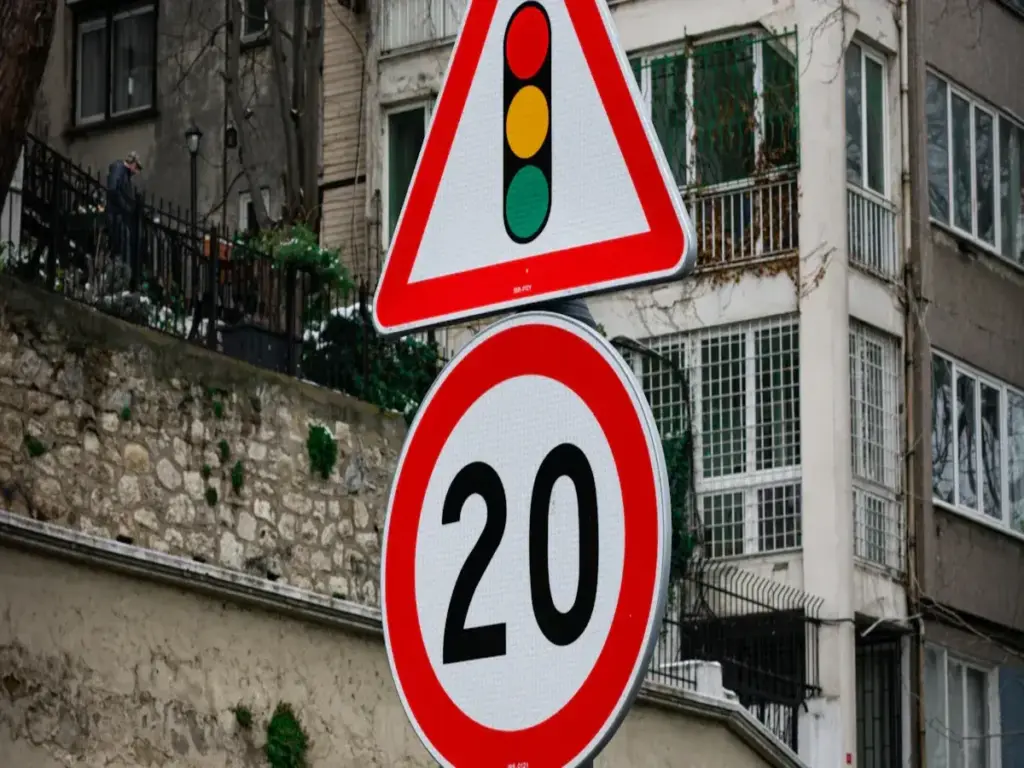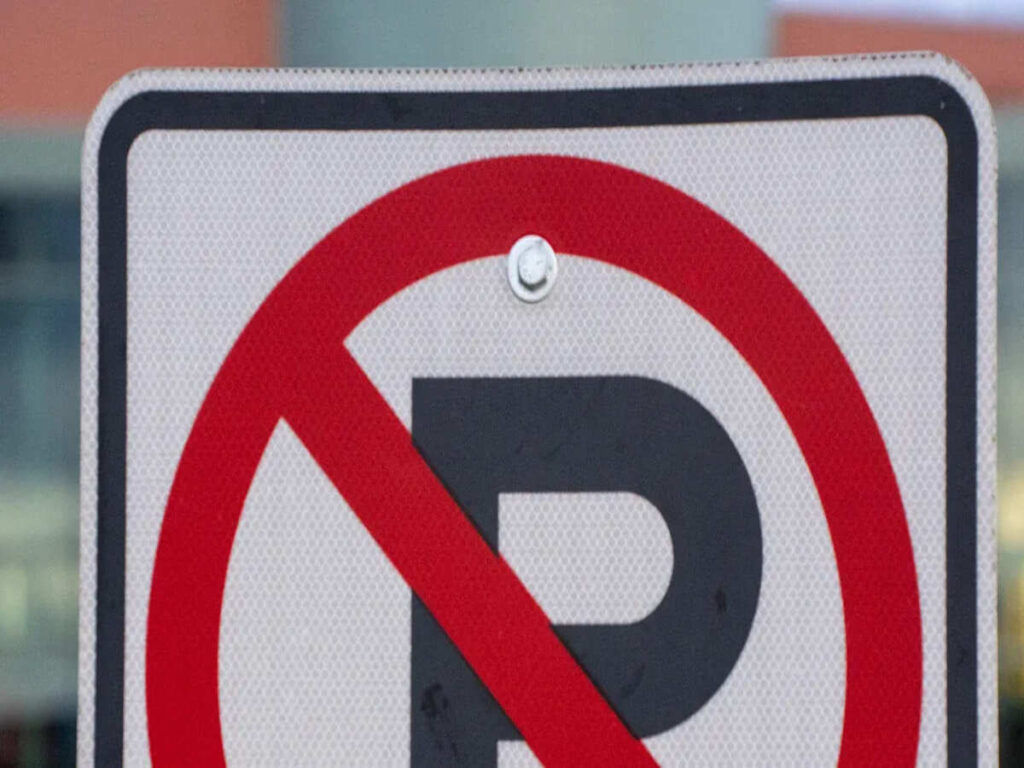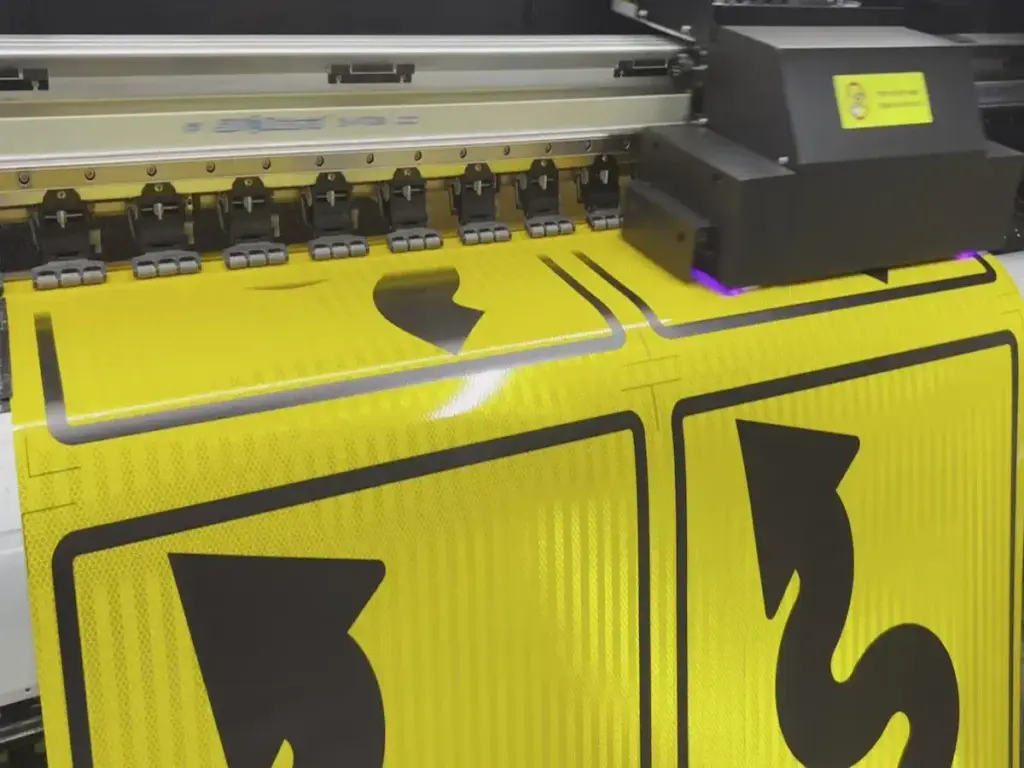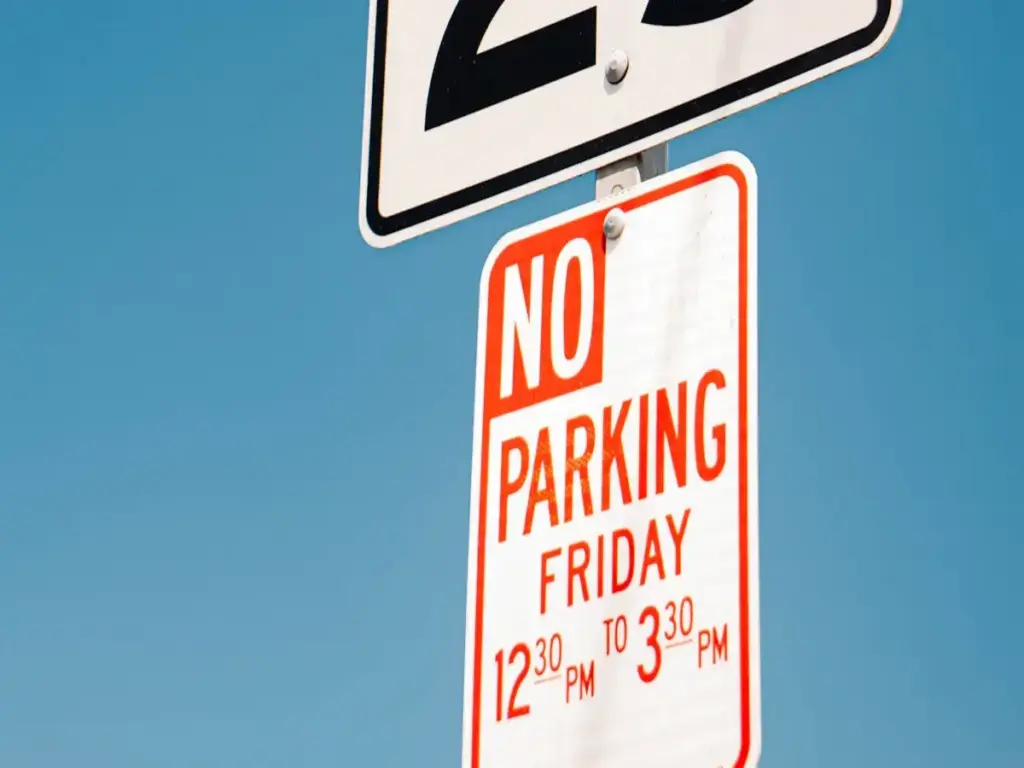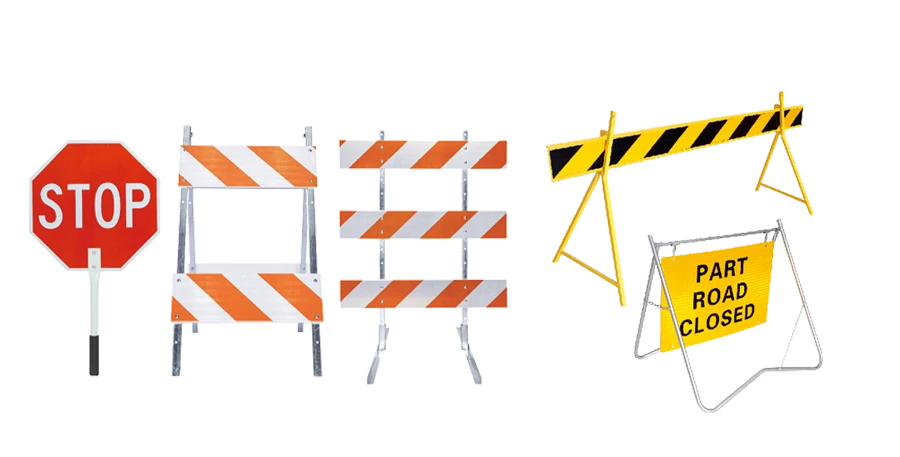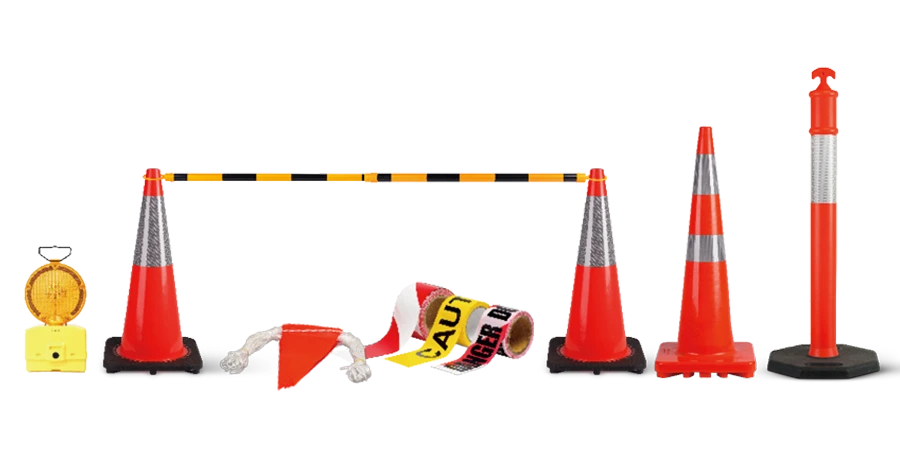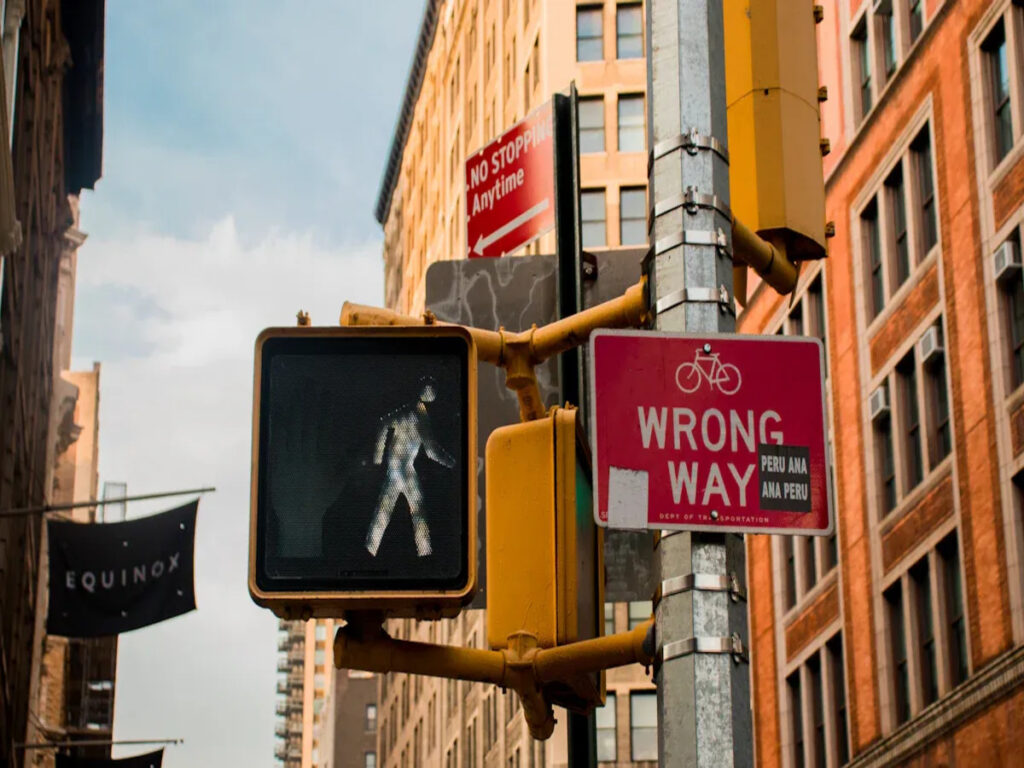
Traffic signs and barricades help keep people safe in busy places and building sites. When these things work well together, 道路がより安全になる. Studies from Phoenix and Oslo show smart traffic signs can lower crashes and injuries by up to 37%. Barricades in the wrong place make people confused and can cause harm or death. Research shows good signs help stop speeding, 怪我, and deaths. If signs and barricades do not work together, more people get hurt or die. Good data shows that barriers with traffic signs stop injuries and deaths, すべての人にとって道路をより安全にする.
OPTRAFFIC provides a range of high-quality 交通標識 そして 交通バリケード designed to improve safety and reduce accidents. Our products are built to work together seamlessly, すべての人のためのより安全な道路を確保します.
For more information on choosing the right traffic barricades, ブログをご覧ください, 販売のための交通バリケードについて知っておくべきことすべて.
Traffic Signs and Barricade Integration
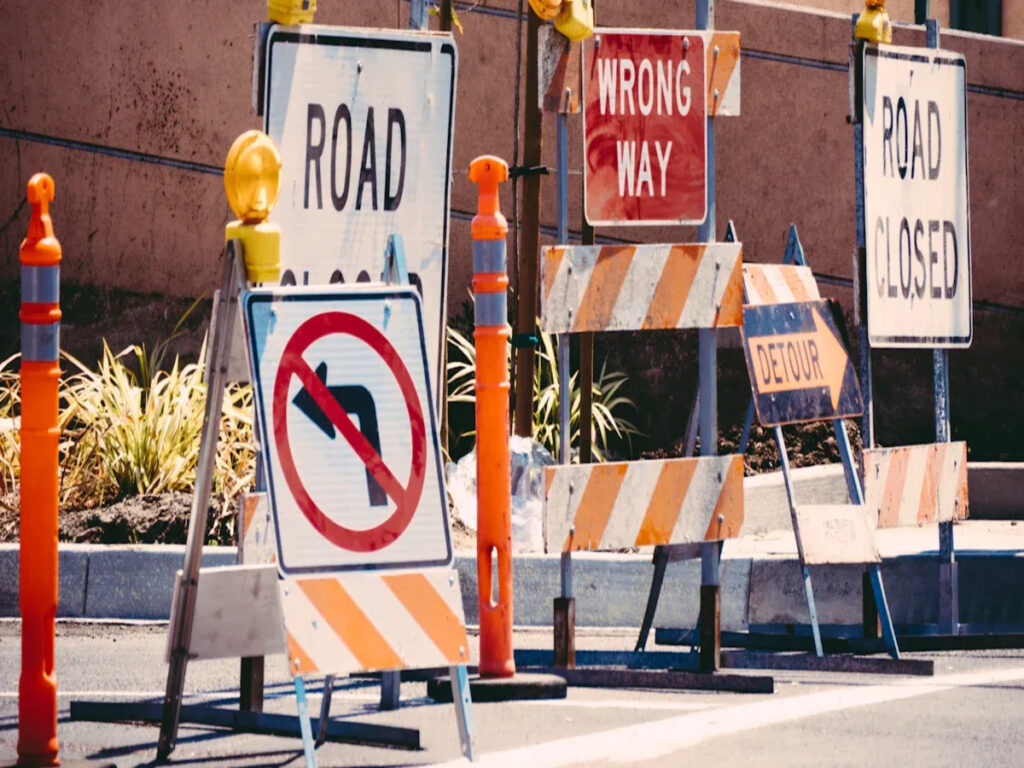
Causes of Mismatch
Integration means traffic signs and barriers work as one system. If they do not match, people get confused and unsafe things happen. A mismatch is when a sign says one thing, but the barrier does something else. 例えば, サインが言うかもしれません “road closed,” but the barrier does not block the way. Drivers then do not know which message to believe, so they face danger.
There are many reasons for mismatches. Road authorities have trouble with how strong portable barriers and signs are. Bad weather can move or break them. 時々, barriers lose power if they use batteries or solar panels. This makes electronic signs stop working, which makes trauma and injuries more likely. Watching barriers and signs is also hard. GPS and sensors can help track barriers, but sometimes they give wrong data or lose signal. Wind or people can move barriers, and without good data, road authorities cannot fix the danger fast.
Road safety barrier systems must follow strict rules. If barriers or signs do not follow these rules, trauma, 怪我, and deaths can happen. クリア, standard messages help drivers avoid danger and trauma. When barriers or signs do not match, drivers might go into a workzone by mistake, which can cause injuries or deaths.
Modern roadwork uses new technology to help with integration. Electronic signs with LED screens show real-time data about hazards, 車線閉鎖, と迂回. Smart work zones use sensors and cameras to watch traffic and update signs and barriers. These systems help lower trauma, 怪我, and deaths by giving drivers the right data at the right time. Drones and AI tools also help by checking where barriers are and spotting danger before it causes trauma.
The table below shows common problems road authorities face:
| チャレンジ | Impact on Safety and Data |
|---|---|
| Barrier durability in bad weather | Raises risk of trauma, 怪我, 死亡者(数) |
| Power loss in electronic signs | Stops real-time data, makes danger higher |
| Poor GPS or sensor data | Slows fixing barrier problems |
| Illegal removal or movement of barriers | Makes new danger, causes trauma |
| Lack of standard messages | Confuses drivers, leads to injuries, 死亡者(数) |
Impact on Driver Behaviour
When traffic signs and barriers do not match, drivers make unsafe choices. Mixed messages from signs and barriers confuse people. Drivers might ignore a barrier if a sign says the road is open. This can cause trauma, 怪我, あるいは死さえも. If a barrier blocks a lane but no sign warns about it, drivers might swerve quickly. This can cause crashes, trauma, and more injuries.
Drivers trust signs to warn them about danger. If signs and barriers do not match, people stop trusting them. They may stop following the rules, which makes trauma and deaths more likely. 建設ゾーンで, poor integration of barriers and signs can make drivers go into work areas. This puts workers and drivers at risk of trauma, 怪我, and deaths.
Smart road safety barrier systems help by giving clear, real-time data. Electronic signs and connected barriers warn drivers about danger ahead. These systems use sensors and cameras to spot problems and update signs fast. This lowers trauma, 怪我, and deaths by helping drivers make safe choices.
Good integration of traffic signs and barriers saves lives. It lowers trauma, 怪我, and deaths by giving drivers the right data at the right time. Poor integration causes confusion, 危険, and more trauma.
Safety Risks and Accidents
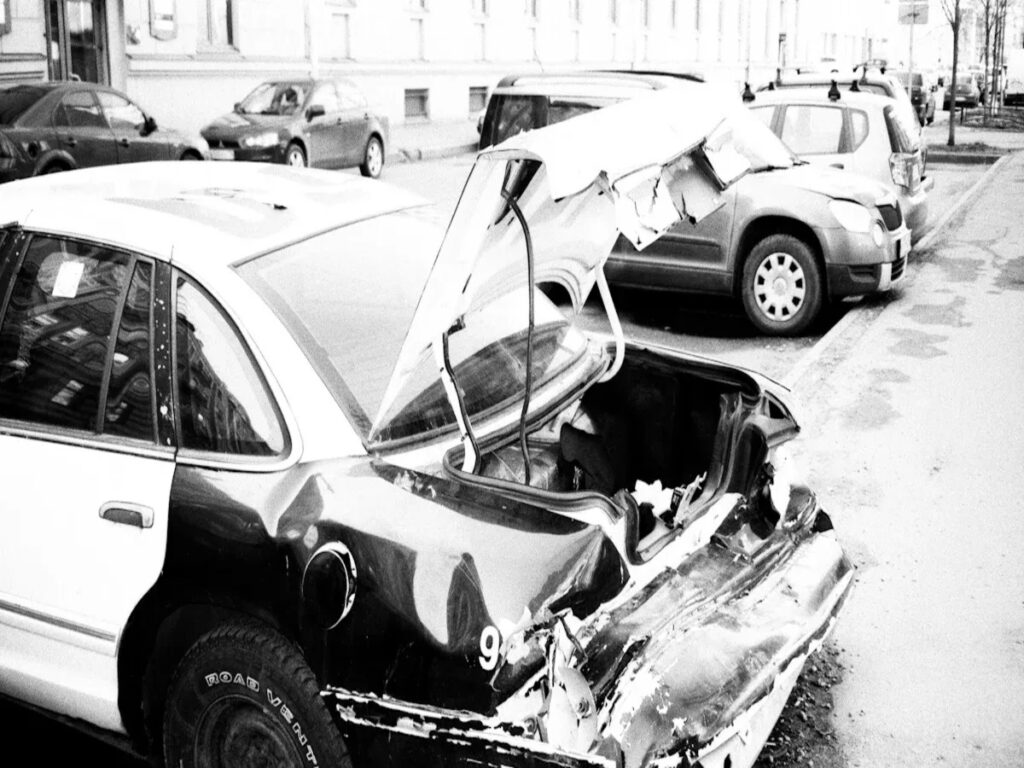
Visibility and Placement Issues
How well drivers see signs and barriers is very important. If signs are too close to danger or too low, drivers miss them. Barriers that fall or lean from wind are hard to see, 特に夜に. When drivers cannot see signs, they may get hurt or worse. Drivers need clear data to stay safe and avoid danger.
- 明るい, 反射的な兆候 help drivers see warnings at night or in bad weather.
- Barriers must stand up straight and stay in the right spot to guide traffic.
- Putting signs in a good order, like warnings first, helps stop confusion and trauma.
- Using cones and reflective things makes signs easier to see and lowers the chance of injuries or deaths.
Good placement and care of signs and barriers keep workers and drivers safe from trauma, 怪我, and deaths.
Conflicting Information
When signs and barriers give different data, ドライバーは混乱します. 例えば, サインが言うかもしれません “road closed,” but the barrier does not block the way. Drivers may then go into a work zone by mistake. This can cause trauma, 怪我, あるいは死さえも.
シドニーで, オーストラリア, a building site had 迂回標識, but barriers did not block the area. Some cars went into the zone and crashed, causing injuries and trauma. 英国で, a road job had signs for lane closures, but barriers did not match. Drivers kept going into closed lanes, which caused a crash and deaths. These real stories show how mismatched data makes trauma, 怪我, and deaths more likely.
Human Error Factors
Human mistakes are a big reason for road trauma, 怪我, and deaths. Most crashes happen when drivers do not see danger or miss important data. Mismatched signs and barriers make it harder for drivers to spot danger and avoid trauma. When signs and barriers do not match, drivers stop trusting the data and may ignore safety warnings.
Systems thinking says roads must plan for human mistakes. Roads should use clear, matching data to help drivers avoid trauma and injuries. Safe Systems ideas make roads safer by using easy-to-understand signs and barriers. Good data and clear barriers help drivers make better choices and lower injuries and deaths.
Road Safety Outcomes and Consequences
Accident Rates and Severity
Accident rates go up when signs and barriers do not match. Many crossings without good safety controls have more deaths and injuries. 研究が示しています 43% of crashes at these crossings cause fatal injuries. Drivers get hurt more when barriers and signs do not work together. Risky actions, like overtaking near crossings, often happen when safety devices are missing or do not match. Active controls, like gates, 点滅するライト, and warning sounds, help lower deaths and injuries. Passive controls, such as stop signs and hazard markers, also help reduce trauma and make roads safer. Adding stop signs at passive crossings has made crashes happen less often each year. When traffic signals, hazard markers, and barriers work together, road safety gets better.
Legal and Financial Costs
Bad integration of traffic signs and barriers brings high legal and money costs. When accidents cause trauma, 怪我, or deaths, authorities face lawsuits and insurance claims. Crashes make projects cost more and slow down traffic. Data shows that investigations and claims after accidents add to the money problem. Contractors and road managers must pay for repairs, medical bills, and compensation. These costs hurt budgets and can slow down future safety work. Good planning and placing barriers well help stop these problems and save money.
Public Trust and Reputation
People trust roads more when they see clear signs and barriers. When drivers feel safe, they trust road authorities more. Mismatched barriers and signs confuse people and cause trauma and injuries. This hurts the reputation of those in charge. News about deaths or bad injuries spreads fast and makes people worry about safety. Communities want good data and strong safety steps. Road managers who use good data and keep barriers safe build trust and make roads better for everyone.
Road safety gets better when barriers and signs work together. 怪我が少ない, less trauma, and fewer deaths show why good safety matters.
Best Practices for Work Zone Safety Barrier Systems
計画と評価
Good planning is the start of safe roads. Teams set clear safety goals for each job. They bring in experts from many fields to help. Early on, teams look for risks that could cause trauma or injuries. They check each site for hazards like traffic flow and how easy things are to see. These checks help teams pick the right barriers and signs. Teams gather data about traffic, スピード, and old accidents. They use this data to choose the best safety barriers for each roadwork site. They also plan where to put each barrier system. Teams review safety often to make sure their plans work and lower trauma.
注記: Using data to plan helps teams stop injuries and deaths. It also makes sure safety barriers are used the right way in every job.
Communication and Compliance
Clear talk keeps everyone safe. Teams check traffic plans to see if signs and barriers are set up right. They follow national and local rules like the mutcd to stay legal. All workers get training on why barriers matter and how to put them in. Teams work with local leaders and emergency crews to keep roads safe. They do audits and reviews to make sure all barriers follow the law. Telling the public about changes helps stop trauma and injuries. Following the rules means every barrier and sign works as it should, so fewer people die.
- Teams use checklists to make sure things are set up right.
- Audits help track if safety plans are followed.
- Training keeps everyone up to date on new safety rules.
監視と調整
Watching roads all the time keeps workers and drivers safe. Teams use cameras and digital signs to watch traffic and where barriers are. They move signs and barriers fast when things change. Digital signs give live updates to help drivers stay safe. Teams check barriers often to make sure they are in the right place. They use data to find problems early and fix them before someone gets hurt. Being able to change plans quickly helps teams deal with new risks fast.
ヒント: Real-time data and digital tools help teams change road safety barrier systems quickly and keep everyone safe.
| Monitoring Tool | Purpose in Safety | Data Used |
|---|---|---|
| カメラ | Watch traffic, spot trauma risks | Live video feeds |
| Digital signage | Update drivers, prevent injuries | Real-time messages |
| Inspections | Check installation, reduce fatalities | Safety checklists |
When traffic signs and barriers do not match, ドライバーは混乱します. This confusion can cause trauma, 怪我, and deaths. Data shows that poor integration leads to more accidents and higher legal costs. Safety gets better when teams use clear data, watch barriers, and update signs. The table below shows the dangers and costs:
| 側面 | Summary |
|---|---|
| Driver Confusion | 事故, trauma, 怪我, 死亡者 |
| Financial Costs | 罰金, 訴訟, プロジェクトの遅延, damaged reputation |
| 安全性の結果 | Higher fatalities and injuries without proper barrier and sign integration |
Here is a checklist for good integration:
- Start planning early and look for risks using data.
- Make sure barriers and signs match for clear safety.
- Check barriers and update data often.
- Train teams and check safety results regularly.
- Use clear data to put barriers in the right place and lower trauma.
Using these best practices helps barriers, サイン, and data work together. This lowers trauma, 怪我, and deaths and makes roads safer for everyone.
よくある質問
What happens if traffic signs and barricades do not match?
Drivers can get mixed up. They may not know what to do. This can make them act in unsafe ways. 時々, this causes crashes or injuries. People can even die if things go wrong. When signs and barricades match, 誰もが道路でより安全です.
Why is regular monitoring of barriers important?
Teams must look at barriers often. Barriers might fall or move out of place. Checking them helps find problems early. Fixing things fast keeps roads safe for drivers and workers.
デジタル看板はどのようにして交通安全を向上させるのか?
Digital signs give live updates to drivers. They tell people about changes ahead. Drivers can react faster to new dangers. These signs help stop accidents and keep traffic safe.
Who is responsible for safe barrier and sign placement?
Road authorities and contractors both have this job. They must follow all safety rules. They plan, 立てる, and check every sign and barrier. Working together helps keep everyone safe.
Can weather affect the safety of traffic barriers?
はい, strong wind or heavy rain can move barriers. Teams must use strong materials for barriers. They also check barriers after bad weather. これはすべての道路利用者の安全を守るのに役立ちます.

